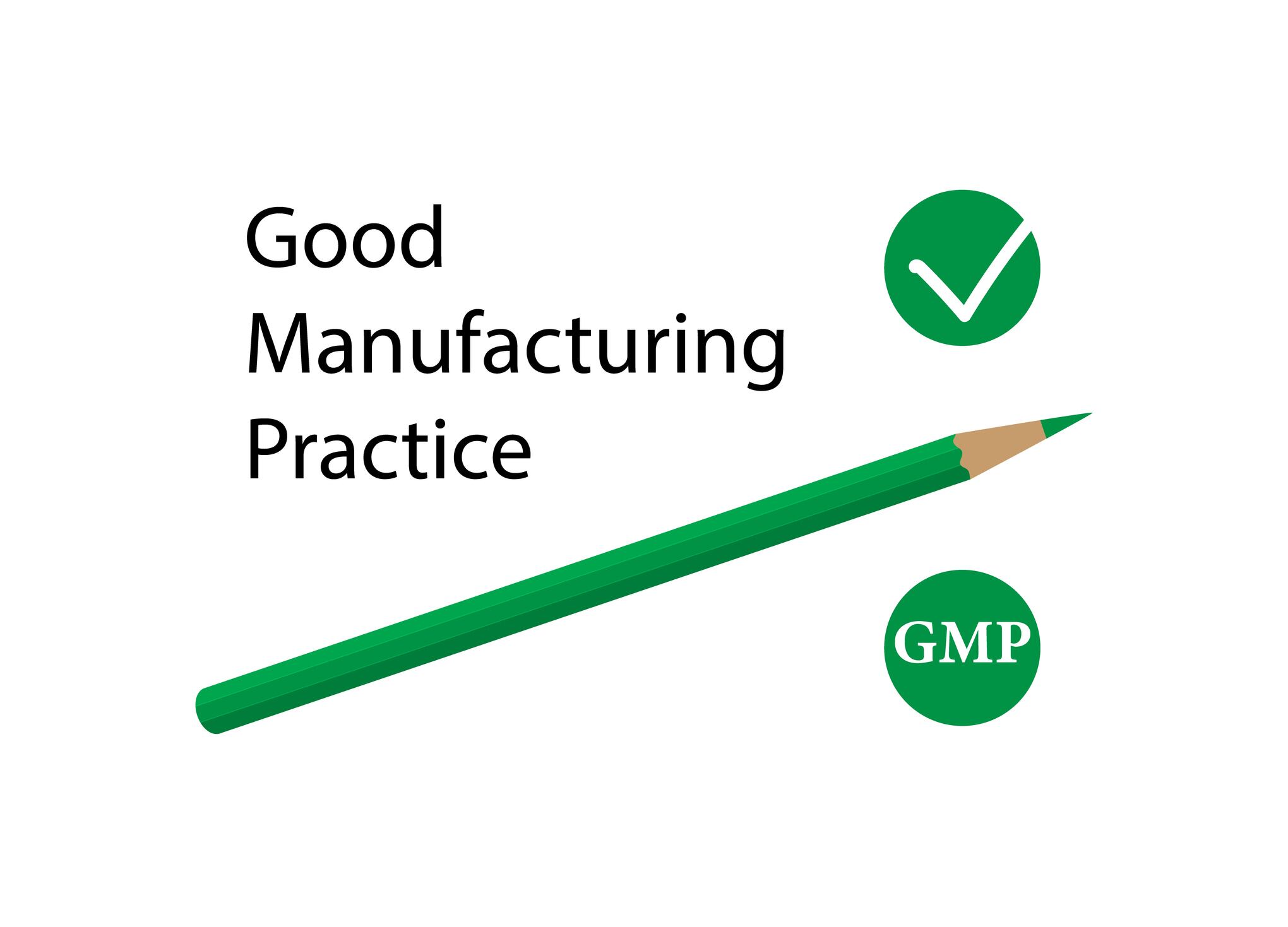Earlier this week, the US Food and Drug Administration (FDA) issued a draft guidance document outlining its recommendations for mandatory cosmetic facility registration and cosmetic product listing submissions in accordance with the Modernization of Cosmetic Regulation Act (MoCRA) which was signed at the end of last year. As detailed in the FDA’s most recent press release, the draft guidance document “describes MoCRA requirements for facility registration and product listing, and the exemptions under MoCRA for certain small businesses,” including important definitions, deadlines for compliance, and a proposed electronic submission framework to replace the Voluntary Cosmetic Registration Program (VCRP) which the FDA suspended in March of this year.
To best understand the most important takeaways from the FDA’s draft guidance document regarding the potential impact on US cosmetics manufacturing and supply companies, CosmeticsDesign interviewed two members of the industry legal community for their insights.
We spoke to Kelly Bonner, an associate at Duane Morris LLP who focuses on litigation risk and regulatory issues affecting businesses in the cosmetics and personal care industries, as well as cross-jurisdictional and complex commercial disputes involving FDA-regulated and consumer-branded products.
Additionally, we interviewed Jessica O'Connell, a regulatory partner at Covington & Burling LLP who has previously served as Associate Chief Counsel for the FDA and currently works in private practice assisting clients in complying with U.S. regulatory requirements for foods, dietary supplements, cosmetics, OTC drugs, and animal products with specific expertise advising on FDA’s import and export requirements across all product categories.
CDU: What is the potential overall impact of the draft guidance document on US cosmetic and personal care product manufacturers and industry members?
Kelly Bonner (KB): The Draft Guidance is significant because it represents FDA’s first real efforts to translate MoCRA into practice. For the first time, FDA is mandating facility registration and product listings for an industry that is frankly not used to this level of regulatory oversight in the United States, which is still the biggest market for personal care products worldwide.
The Draft Guidance illustrates FDA’s thinking on how businesses should proceed with registering and listing. It’ll be very interesting to see how the industry reacts to the proposed guidance, and how this reaction shapes FDA’s response/approach to further guidance on MoCRA’s key areas of concern, such as safety substantiation and adverse event reporting.
Jessica O’Connell (JOC): I think the biggest impact of the draft guidance will be the opportunity for industry to engage and provide feedback through the comment process, on both practicalities of compliance and on substance.
CDU: In your opinion, what are the most important takeaways from the FDA’s draft guidance document for US cosmetics and personal care product manufacturers?
KB: The most important takeaway is that FDA’s new submission portal is expected to be available in October 2023, with FDA encouraging electronic submissions well in advance of the December 29, 2023 deadline for facility registration and product listing to hold firm. Additionally, FDA lays out the information that companies will be expected to submit as part of facility registration and product listing requirements, and its expectations as to what will and will not be available for public disclosure under FOIA.
JOC: Much of the draft guidance restates the statutory language, which is helpful to see laid out by FDA but doesn’t really bring in new material information. However, there are two new pieces of information that FDA provided on timing and logistics that I think should be particularly useful.
First, FDA said that it anticipates opening up the new registration and listing system that it is developing sometime in October. Companies need to comply with this requirement by the end of December, and it’s quite important that FDA give them enough time to comply.
Second, in addition to the draft guidance, FDA issued a notice announcing the opportunity to participate in a pilot program to test the new registration and listing system. FDA will give a few companies the chance to try the system out before it is launched, and if companies are interested in participating, this notice specifies how to apply.
In addition to these two points, the draft guidance also includes a few new definitions for contract manufacturer and manufacturing/processing that are not in the statute and that will be helpful to companies as they prepare to register and list. The draft guidance also includes, as an appendix, cosmetic product categories that companies can use when they list products.
CDU: Are there any areas of concern you would like to see the FDA address during the open commentary period?
KB: Obviously the first practical concern will be whether the portal will be stable enough to support the enormous number of submissions expected this fall, both for facility registration and product listing. I also imagine there will be questions about whether FDA will be flexible as to the December 29 deadline given that this is fairly new territory for not only the industry, but FDA as well.
What, if any, penalties, FDA will consider for late or incomplete submissions. Third, I can envision questions about whether the “responsible person” needs to be a person or office internal to the company, or whether companies can retain third party firms to handle registration and listing logistics.
JOC: The comment period will end before FDA is estimating the new system will be launched, and I anticipate that additional questions or need for clarification could arise once the system is active. I hope that FDA will allow for further updates to the guidance as companies experience the system and work towards compliance – this has been FDA’s practice in other product areas with new registration requirements, most notably for food facility registration, where FDA is consistently updating its guidance to address key issues.
I also think FDA will need to consider whether extending the compliance date by some amount of time is necessary to help ensure that industry has sufficient time to complete registrations and listings once the system is operational.
CDU: What are your thoughts on the FDA’s Pilot Program for the electronic submission platform?
KB: I think it’s a great idea and should help with ensuring the functionality of any portal. FDA hasn’t released any details about the pilot portal, so I can’t speak to any specifics.
I do, however, think it makes sense for FDA to consider providing participants with a credit or simplified process once the actual platform goes live. As of right now, none of the information submitted as part of the pilot program will be carried over or be considered fulfillment of a participant’s facility registration or product listing obligations under MoCRA.
JOC: I think it’s a great idea and opportunity for FDA to test out the system and get real time feedback from potential users. FDA has indicated this pilot program will start around September 15, which would only allow a few weeks for comment and input, and any necessary adjustments, before the system launches in October.
As I noted earlier, FDA may need to at some point consider whether extending the compliance date is necessary to make sure the system is ready, and companies have enough time to comply.
CDU: Are there any crucial deadlines that industry members should make note of contained in the draft guidance document?
KB: Yes, December 29, 2023 is the most significant deadline because that is the date by which any person that (1) owns or operates a facility as of December 29, 2022 must register that facility with FDA and (2) submit cosmetic product listings for any products marketed as of December 29, 2022.
After that, I would say that the next big deadline is February 27, 2024, which is the outside registration date for any facility owner or operator that engages in manufacturing or processing cosmetic products after December 29, 2022.
JOC: No new deadlines. Applications for the pilot program are due by August 22, and that program should begin mid-September. The registration system is currently expected to be operational sometime in October, and the initial compliance date for registration and listing submissions is December 29th (this date is set forth in MoCRA).
CDU: Anything else to add?
KB: That this is really the first step in FDA’s implementation of MoCRA, and the start of what will certainly be a years-long process in fundamentally changing the way personal care products are regulated in the United States. These are challenging times, and companies should proceed with caution and involve counsel whenever possible rather than trying to navigate these changes solo.
JOC: In addition to reviewing the draft guidance itself, I also recommend that industry look carefully at the other items that FDA published this week – including the constituent update on the draft guidance, the FR notice announcing the draft guidance, and the FR notice announcing the pilot program. It’s always helpful to see how FDA is speaking about its implementation process and all these documents have useful information.





